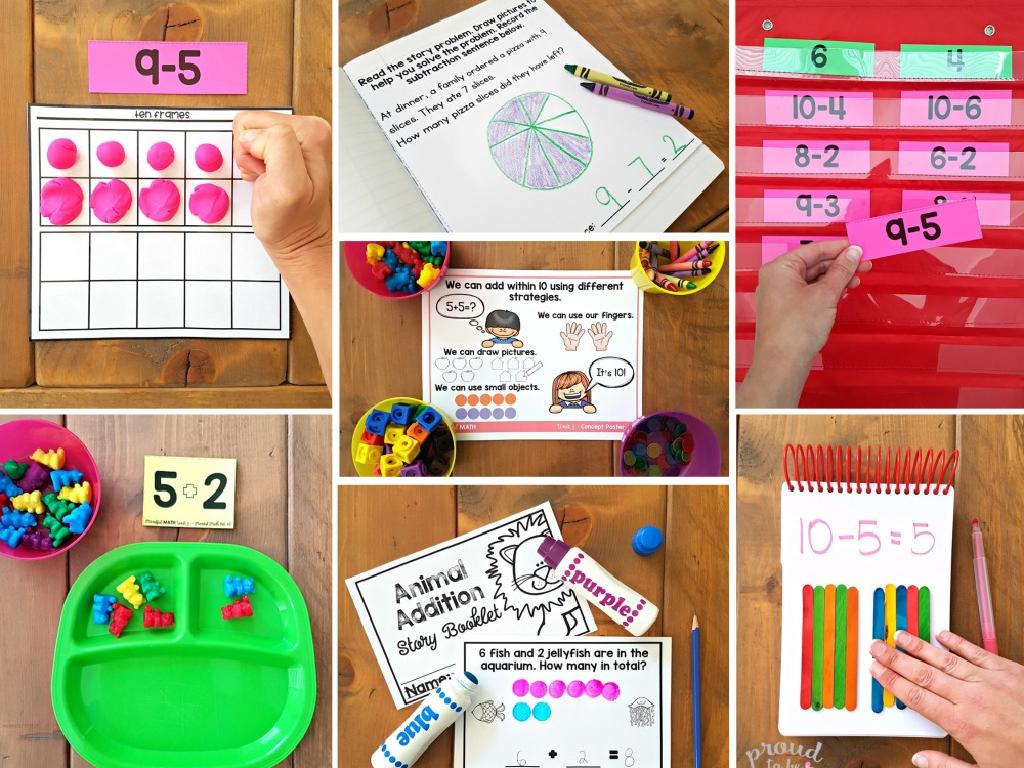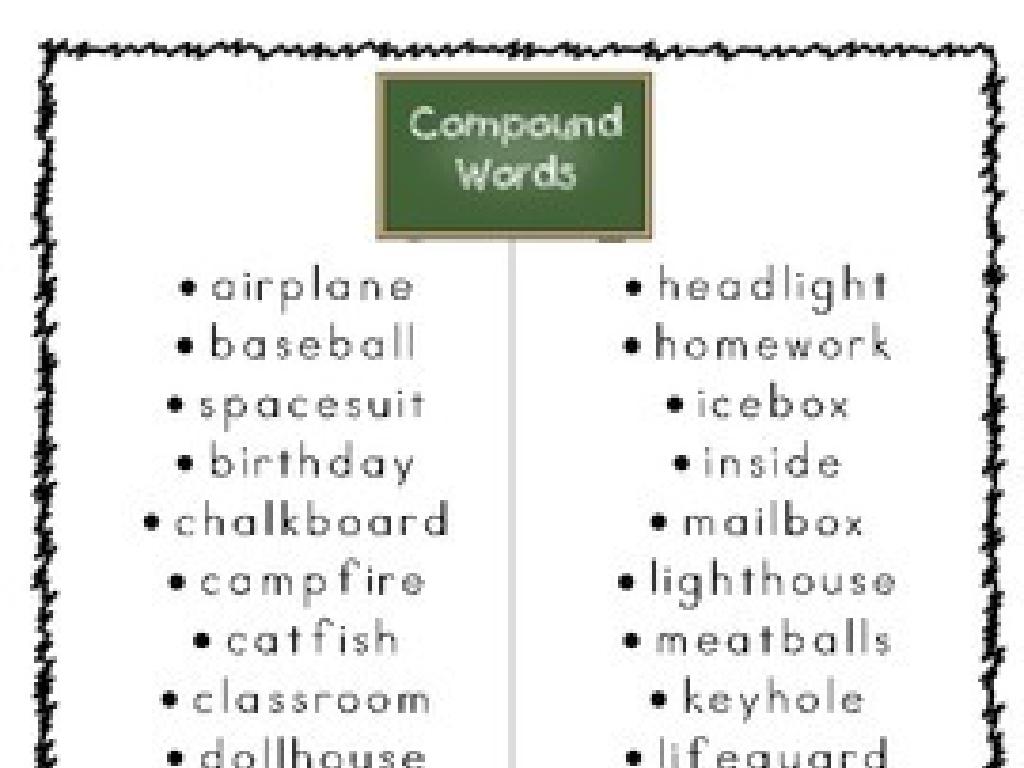Match Analog And Digital Clocks
Subject: Math
Grade: First grade
Topic: Time
Please LOG IN to download the presentation. Access is available to registered users only.
View More Content
Welcome to Telling Time!
– Greetings and introduction
– Today’s topic: clocks and time
– Importance of understanding time
– Knowing time helps us schedule our day
– Exciting activities ahead
– We’ll match analog and digital clocks
|
Begin the class with a warm welcome to set a positive tone for the lesson. Introduce the concept of time, emphasizing its role in everyday life, such as knowing when to wake up, when to eat, and when it’s time for favorite activities. Explain that understanding time is crucial for planning our day and being punctual. Engage the students with the promise of fun and interactive activities where they will learn to match analog and digital clocks, helping them to read and understand time in different formats. The activities will include hands-on practice with toy clocks, worksheets with clock matching exercises, and a digital clock app demonstration.
Understanding Time and Clocks
– Time helps us organize events
– We plan our day with time
– Two main clocks: Analog & Digital
– Analog has hands, digital shows numbers
– Learning to read both clocks
– Practice matching times on both types
|
This slide introduces the concept of time to first graders, explaining its importance in organizing daily events and activities. Emphasize that time is a tool we all use to make sure we know when to do things, like going to school or having lunch. Introduce the two types of clocks – analog and digital. Analog clocks have moving hands that point to numbers, while digital clocks show time with numbers only. Encourage students to understand that both types of clocks tell the same time in different ways. Activities can include matching games with pictures of analog and digital clocks showing the same time, and practice exercises where students draw the hands on an analog clock to match a time shown on a digital clock.
Learning About Analog Clocks
– Analog clocks have moving hands
– Short hand tells the hour
– The short hand is smaller and moves slower
– Long hand shows the minutes
– The long hand is longer and moves faster
– Reading time by hand positions
– Practice by pointing to numbers and saying the time
|
This slide introduces first graders to the basics of reading an analog clock. Start by explaining that analog clocks have hands that move to show the time. Point out the difference between the hour hand (short hand) and the minute hand (long hand), and how their positions help us tell what time it is. Use a real clock or a teaching clock with hands that can be moved to demonstrate. Have the students practice by setting the clock to specific times and then reading the time out loud. Encourage them to observe clocks at home and share their experiences during the next class.
Learning About Digital Clocks
– Digital clocks use numbers
– They show hours and minutes
– Look for two numbers separated by a colon, like 3:00 or 4:45
– Easy to read the exact time
– No hands to read, just numbers like on a calculator
– Practice reading digital clocks
– Try to tell what time it is on different digital clocks
|
This slide introduces students to digital clocks and how they display time. Emphasize that digital clocks use numbers to show the time, which includes hours and minutes. Explain that the time is shown with a colon separating the hours and minutes, making it straightforward to read. Encourage students to practice reading digital clocks by recognizing the numbers before and after the colon as hours and minutes, respectively. Provide examples of digital clocks showing different times and ask students to read them aloud. This will help them become familiar with the digital format and understand that it is another way to tell time, just like analog clocks.
Matching Analog to Digital Clocks
– Clocks show time differently
– Match analog with digital
– We’ll learn to make them show the same time
– Analog has hands, digital has numbers
– Remember: Short hand is the hour, long hand is the minutes
– Practice matching times
– Try with clocks in the classroom or at home
|
This slide introduces the concept of reading time from both analog and digital clocks and understanding that they can represent the same time in different formats. Emphasize that the analog clock has hands that point to numbers, while the digital clock shows time with numbers only. Use classroom clocks or images to demonstrate how to read time from both types of clocks. Encourage students to practice by matching times on both analog and digital clocks. Provide examples and guide them through the process, ensuring they understand the position of the hour and minute hands on the analog clock. For homework, ask students to draw the hands on an analog clock to match digital times provided.
Practice Time: Matching Clocks
– Observe the analog clock
– Match it with digital time
– Let’s practice with examples
– Example: If the short hand is on 8 and the long hand is on 12, it’s 8:00 on a digital clock.
– Share your matches with the class
– Tell us what time you found!
|
This slide is designed to engage students in a practical activity where they apply their knowledge of telling time by matching analog clocks to their digital counterparts. Start by showing them an analog clock and ask them to observe where the hands are pointing. Then, guide them to find the same time on a digital clock. Work through several examples together as a class, and then allow students to try on their own. Encourage them to share their answers with the class to foster a collaborative learning environment. This activity will help solidify their understanding of time concepts and the differences between analog and digital clock displays.
Activity Time: Clock Matching Fun!
– Exciting worksheet activity
– Match analog to digital clocks
– Find the same time on both types of clocks
– Partner up for teamwork
– Two heads are better than one!
– Discuss and share answers
– Explain how you found your matches
|
This activity is designed to help students practice matching times between analog and digital clocks. Provide a worksheet with pairs of analog and digital clocks showing different times. Encourage students to work in pairs to foster collaboration and discussion, which can enhance their learning experience. As they match the clocks, they should discuss their thought process and reasoning. After completing the worksheet, have each pair share their answers with the class to reinforce their understanding. Possible activities include matching games, timed challenges, or creating their own clock pairs for others to solve.
Clocks Review: What Have We Learned?
– Recap on analog and digital clocks
– Reading the classroom clock
Look at our clock and say the time out loud.
– Questions about today’s lesson
It’s okay to ask if something is unclear!
– Understanding time-telling
|
This slide is meant to review and reinforce the day’s learning about analog and digital clocks. Start by asking the students to summarize what they’ve learned about the two types of clocks. Then, point to the classroom’s analog clock and ask the students to read the time. This interactive approach helps assess their understanding. Encourage the students to ask questions if they’re unsure about any part of the lesson; this promotes an open learning environment. As a teacher, be prepared to answer questions and possibly provide additional examples to clarify any confusion. You can also use this time to correct any misconceptions and to praise students for their participation and effort during the lesson.
Class Activity: Clock Craft
– Create your paper clock
– Practice setting different times
– Set times like 3:00, 6:30, or 9:15
– Observe movement of clock hands
– Notice how the hour hand moves slower
– Learn to match times on both clocks
– Match times with digital clock displays
|
This activity is designed to help students understand the concept of time by creating their own paper clocks. Provide each student with the necessary materials: paper plates, brads, construction paper for hands, and markers. Guide them through the creation of the clock, ensuring they place the numbers in the correct order. Once the clocks are made, have the students practice setting specific times, such as the start of school or lunchtime. Emphasize the difference in speed between the hour and minute hands. Finally, have digital clock displays for students to match their analog clocks to. This hands-on activity will reinforce their ability to read both analog and digital clocks. Possible variations of the activity could include matching specific activities to times, such as bedtime or storytime, to provide context.






